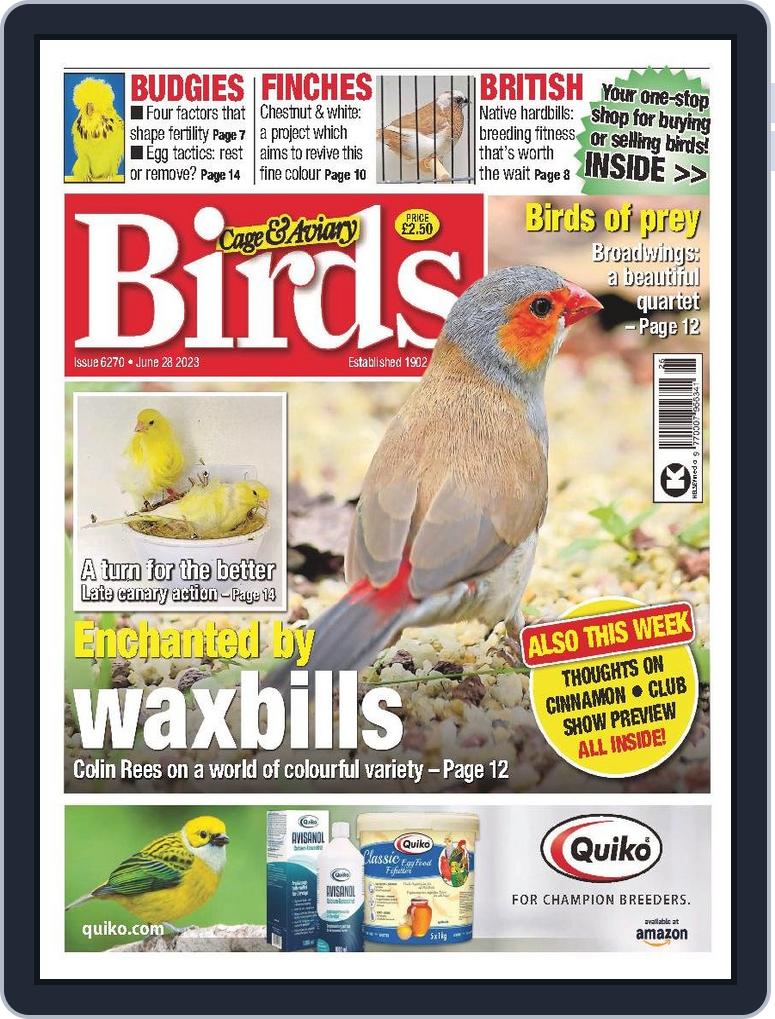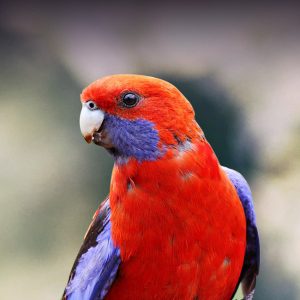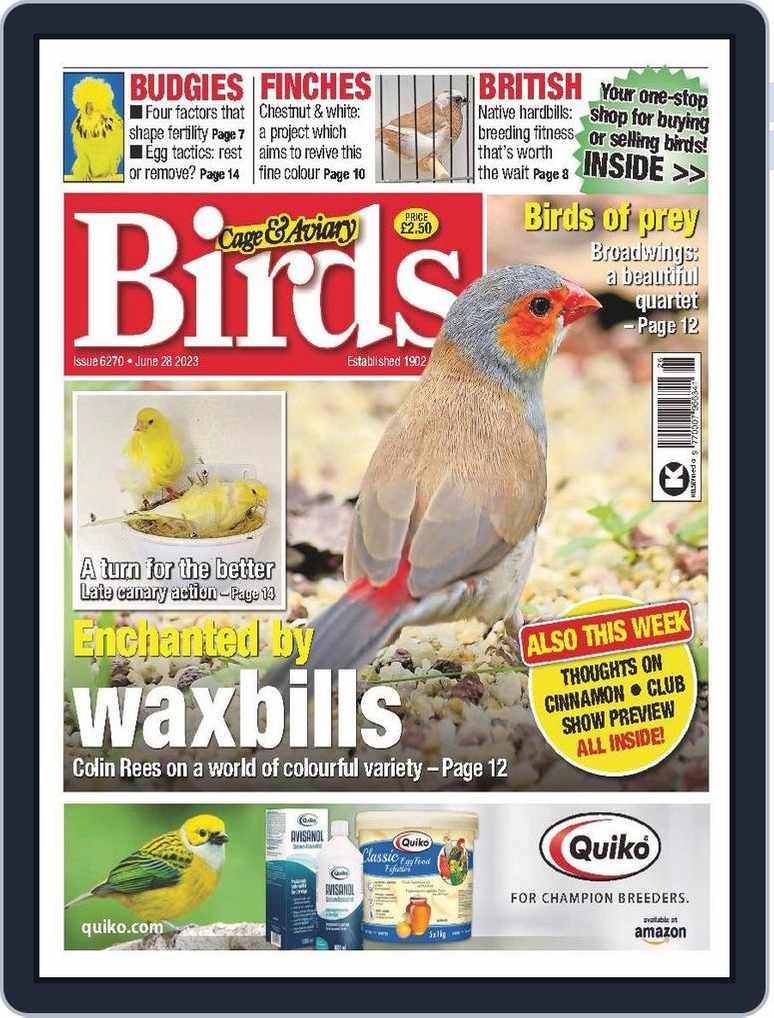Parrots are known for their vibrant colors and playful nature, and the Golden Mantled Rosella is no exception. This stunning bird, also known as the Eastern Rosella or Crimson Rosella, is native to the eastern and southeastern parts of Australia. With its bright plumage and delightful personality, the Golden Mantled Rosella makes for a perfect companion and a visually appealing addition to any avian enthusiast’s collection.
Appearance and Colors
The Golden Mantled Rosella’s appearance is truly a sight to behold. With an average length of 30 to 37 centimeters, these medium-sized parrots are known for their vibrant colors and striking features. The male and female Golden Mantled Rosellas have distinct physical characteristics.
The males typically have a bright red head, neck, and chest, with a yellow band extending from the abdomen to the lower back. Their back, wings, and tail feathers are black, each adorned with vibrant blue markings. The females, on the other hand, have a similar color scheme but with slightly duller tones and less prominent blue markings. Young birds of both genders have a more muted coloration, gradually developing their adult plumage as they mature.
Habitat and Range
Golden Mantled Rosellas primarily inhabit dense forests, woodlands, and grasslands across their native range in Australia. They are highly adaptable birds and can also be found in urban areas, parklands, and farmlands. These social creatures are often seen in small flocks or pairs, actively foraging for food during the day and seeking shelter in tree hollows or nest boxes at night.
They are found in various regions, including eastern Queensland, New South Wales, Victoria, and southeast South Australia. These parrots prefer an environment with a mix of open spaces for foraging and dense foliage for protection.

Credit: www.discountmags.com
Behavior and Diet
The Golden Mantled Rosella is an active and lively parrot species. They are known for their playful and curious nature, making them a delight to observe and interact with. These social birds are often seen flying together in small flocks, calling to each other with a range of high-pitched whistles and squawks.
When it comes to diet, Golden Mantled Rosellas are primarily granivores. They feed on a variety of seeds from grasses, flowers, and fruits. Additionally, they may also consume nectar, pollen, and insects, providing a well-rounded diet.
Aviculture and Care
Due to their striking colors and amiable temperament, Golden Mantled Rosellas are a popular choice for aviculturists and bird enthusiasts. If properly cared for, they can thrive in captivity and make excellent pets. Here are some key considerations for providing the best care for these beautiful birds:
1. Housing:
Golden Mantled Rosellas require spacious cages or aviaries to accommodate their active nature. The enclosure should be large enough for the bird to exercise and fly short distances. A comfortable and secure environment with plenty of perches, toys, and hiding spots should be provided to ensure their mental and physical stimulation.
2. Diet:
A balanced diet is crucial for the health and well-being of Golden Mantled Rosellas. A quality pellet or seed mix formulated specifically for parrots should serve as the foundation of their diet. Fresh fruits, vegetables, and occasional treats like nuts or millet can be offered to diversify their nutritional intake. It is essential to monitor their food consumption and avoid excessive seeds or fatty food, which can lead to obesity and other health issues.
3. Enrichment And Socialization:
Golden Mantled Rosellas are intelligent birds that require mental stimulation and social interaction to thrive. Providing various toys, puzzles, and foraging opportunities will keep them engaged and prevent boredom. These parrots also appreciate human companionship, so regular interaction and playtime are beneficial for their emotional well-being.
4. Veterinary Care:
Regular check-ups with an avian veterinarian are essential for monitoring the health of Golden Mantled Rosellas. Vaccinations, routine examinations, and parasite control should be part of their healthcare regimen. Familiarize yourself with signs of illness to detect any potential issues early.

Credit: lafeber.com
Conservation Status and Conclusion
While the Golden Mantled Rosella population remains stable within their natural habitat, habitat loss due to deforestation and urbanization poses threats to their long-term survival. It is vital to support conservation efforts to protect their native ecosystems and ensure the preservation of these beautiful parrots for future generations to appreciate and enjoy.
Whether you are an avian enthusiast or simply amazed by the beauty of these parrots, the Golden Mantled Rosella is undoubtedly a delightful and captivating species. As long as proper care is provided, these birds can bring color, joy, and companionship into your life.
Frequently Asked Questions Of Golden Mantled Rosella: Discover The Enchanting Beauty Of This Colorful Bird
What Does A Golden Mantled Rosella Look Like?
The Golden Mantled Rosella is a vibrantly colored parrot with a combination of red, yellow, and green feathers.
Where Can Golden Mantled Rosellas Be Found In The Wild?
Golden Mantled Rosellas are found mainly in the open woodlands and forests of eastern Australia.
What Is The Diet Of A Golden Mantled Rosella?
Golden Mantled Rosellas have a varied diet that includes fruits, seeds, insects, and some vegetation.
How Long Does A Golden Mantled Rosella Live?
On average, Golden Mantled Rosellas have a lifespan of about 20 years when kept in captivity.

